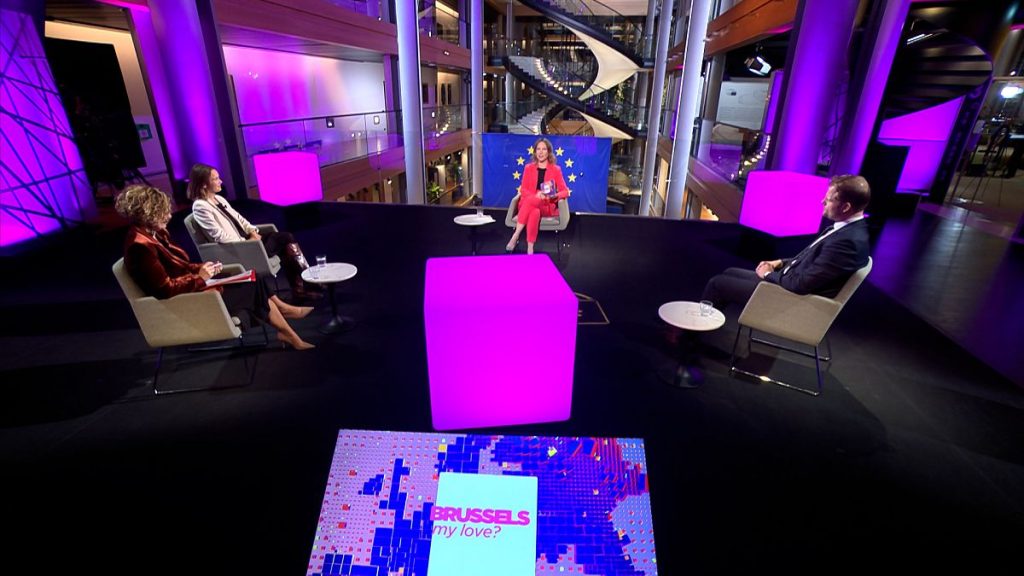Brussels in 2024, like any major city, presented a complex tapestry of experiences, woven from threads of progress and challenge, innovation and tradition, joy and struggle. While declaring a universal state of merriment would be an oversimplification, the city undoubtedly offered numerous reasons for optimism and celebration amidst the complexities of urban life. From its vibrant cultural scene and burgeoning tech sector to its role as a global diplomatic hub, Brussels in 2024 likely provided its residents and visitors with a unique blend of opportunities and experiences, creating pockets of “merriment” specific to individual perspectives and circumstances. Understanding the city’s nuanced reality requires examining its various facets, acknowledging both the positive developments and the ongoing struggles that shaped its character.
Economically, Brussels in 2024 likely continued to benefit from its status as the de facto capital of the European Union. This position attracted a diverse and highly skilled workforce, fostering innovation and entrepreneurship. The presence of multinational corporations and EU institutions created a dynamic job market, contributing to the city’s economic stability. However, this economic dynamism also likely brought challenges, including rising housing costs and potential disparities in wealth distribution. Furthermore, the city, like many others globally, likely faced the ongoing impact of global economic fluctuations, requiring continuous adaptation and strategic planning to maintain its economic competitiveness. Analyzing the economic landscape would reveal a mix of successes and hurdles, painting a more comprehensive picture of the city’s financial health.
Culturally, Brussels in 2024 likely continued to be a melting pot of European and global influences. Its rich history, reflected in its architecture and traditions, combined with the presence of diverse communities, created a unique cultural landscape. The city’s numerous museums, art galleries, and performance venues likely offered a wide array of artistic experiences, while its vibrant culinary scene tantalized taste buds with flavors from around the world. However, this multicultural environment also likely presented challenges in terms of social integration and addressing potential cultural clashes. Examining the cultural fabric of Brussels requires recognizing the complexities of intercultural interactions and the ongoing efforts to foster inclusive and harmonious coexistence.
Politically, Brussels in 2024, as the seat of the European Union, remained at the heart of European decision-making. The city likely hosted numerous high-level meetings and conferences, shaping the political landscape of the continent and beyond. The presence of various international organizations and diplomatic missions contributed to a dynamic political environment, fostering dialogue and collaboration on a global scale. However, this political prominence also likely exposed the city to the pressures and complexities of international relations, including potential security concerns and the need to navigate diverse political agendas. Understanding the political dynamics of Brussels requires acknowledging its role as a global political stage and the implications that come with such a position.
Socially, Brussels in 2024 likely continued to grapple with the challenges and opportunities of a diverse and evolving urban society. Issues such as affordable housing, access to quality education and healthcare, and social integration likely remained important priorities for the city’s administration. The presence of a large international community likely contributed to the richness of the social fabric but also posed challenges in terms of fostering social cohesion and addressing potential inequalities. Examining the social landscape of Brussels requires understanding the complexities of urban life and the ongoing efforts to create a more inclusive and equitable society.
Environmentally, Brussels in 2024 likely faced the same pressures as other major cities in terms of promoting sustainable development and mitigating the effects of climate change. Efforts to improve air quality, reduce carbon emissions, and promote green spaces likely continued to be key priorities. The city’s commitment to sustainable urban planning and transportation solutions likely played a crucial role in shaping its environmental footprint. However, addressing these challenges required ongoing investment and collaboration between various stakeholders, reflecting the complex interplay between urban development and environmental sustainability. Analyzing the environmental landscape of Brussels requires understanding the challenges of balancing economic growth with environmental protection and the ongoing efforts to create a more sustainable and resilient city. Ultimately, the level of “merriment” in Brussels in 2024 depended on individual perspectives and experiences shaped by these multifaceted realities.

